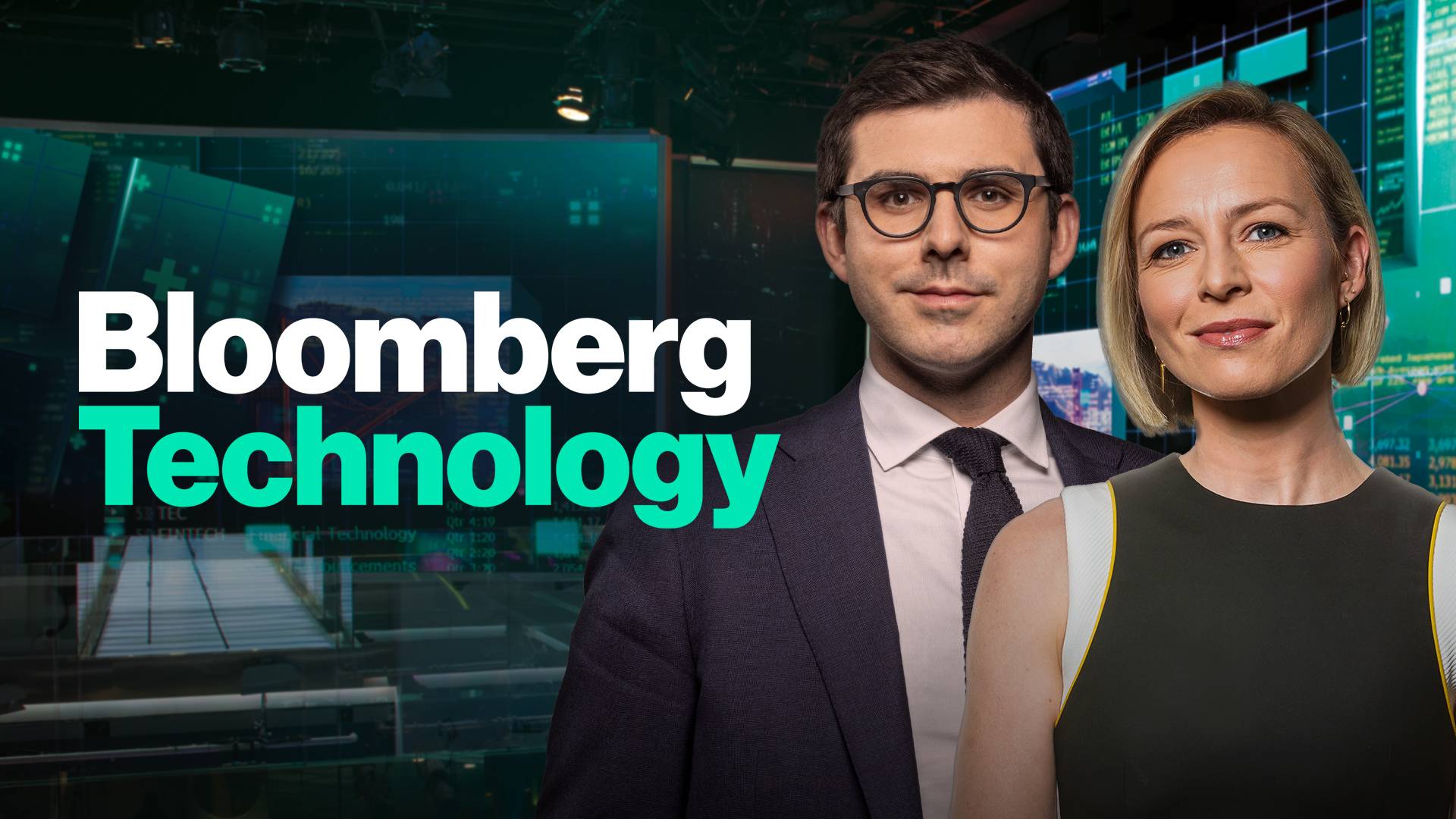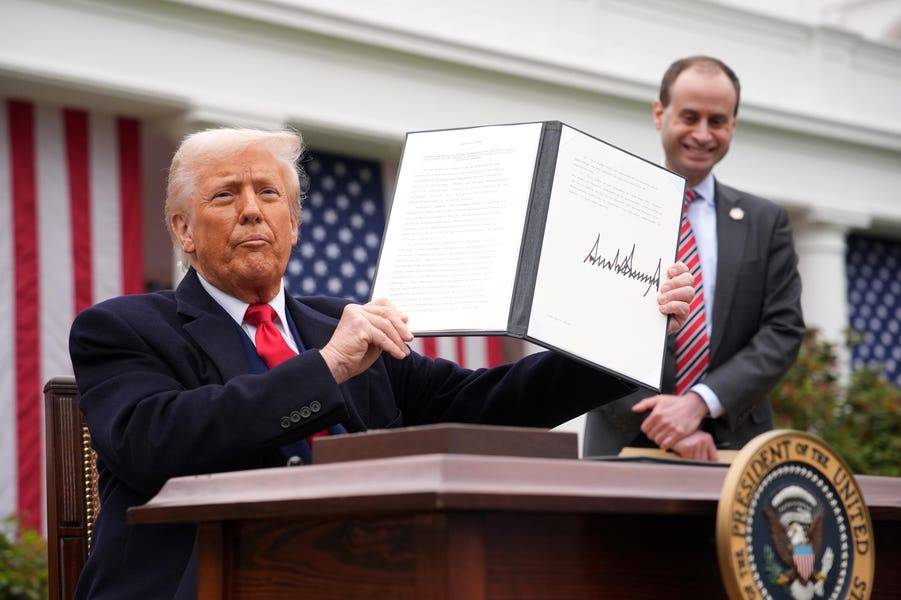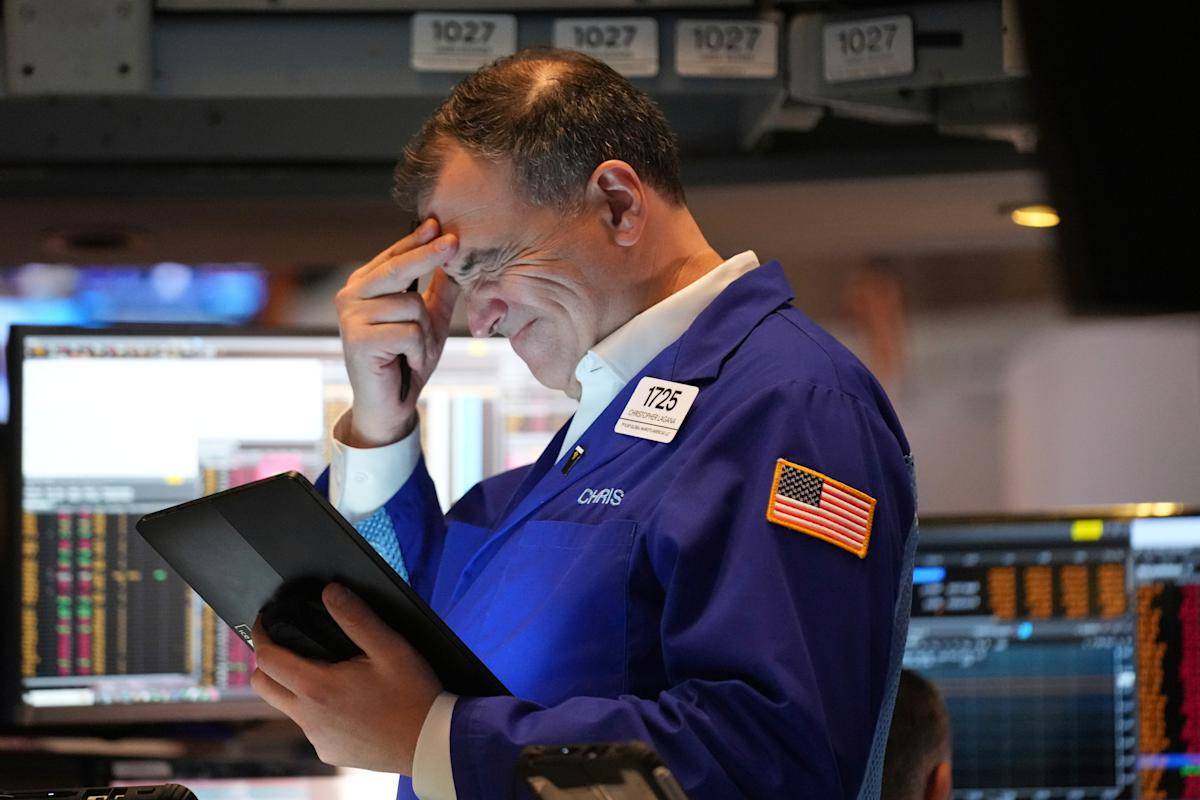President Trump’s Tariffs
In recent months, the U.S. has seen significant economic developments through President Trump’s tariffs and Elon Musk’s involvement with the federal government. President Trump’s tariffs, part of his trade policies, have targeted several countries, including Canada, Mexico, and China. These tariffs are aimed at addressing national security concerns and combating illegal immigration and drug trafficking. For instance, Trump imposed a 25% tariff on Canada and Mexico, with a 10% tariff on energy imports from Canada, and a 10% tariff on Chinese imports that later increased to 20% [1][3][5].
Government Efficiency and Elon Musk
To enhance government efficiency, the Trump administration established the Department of Government Efficiency, led by Elon Musk. Despite Musk’s affinity for Dogecoin, a cryptocurrency he has promoted, he has clarified that there are no plans for the government to use it [2][4][6]. This clarity comes as Musk focuses on reducing federal spending and creating a more efficient government operational structure, aiming for a 15% increase in efficiency [2][4].
Impact on Market Dynamics
Market dynamics have been impacted by these developments. The imposition of tariffs has led to reciprocal actions from affected countries and worries about their economic effects. The emphasis on government efficiency, however, suggests a strategic approach to cutting costs and streamlining operations. Musk’s involvement has also raised questions about how technology, including blockchain, might play a role in future government operations [4][6].
Economic Implications and Trends
In terms of larger economic implications, these policies reflect a broader trend of protectionism and economic restructuring in the U.S. They underscore the administration’s focus on leveraging economic tools for national security and domestic manufacturing support. Meanwhile, Elon Musk’s role highlights the intersection of technology and public policy, where leveraging innovation can be crucial for enhancing efficiency and reducing costs [2][3].
Integration of Policy and Strategy
The integration of tariffs and government efficiency efforts into broader economic strategies indicates a complex interplay between trade, technology, and fiscal management. As these policies evolve, they will likely continue to influence market dynamics and global economic relations. For instance, the reciprocal tariffs scheduled for April 2, affecting 15% of U.S. trading partners, signal ongoing trade tensions and potential impacts on global markets [1][3].
Conclusion
In conclusion, the recent economic landscape is characterized by a mix of trade policies, technological innovation, and fiscal reform. Understanding these developments requires attention to both their immediate effects and long-term implications for global trade and economic stability. As markets adjust to these changes, businesses and policymakers must navigate a shifting landscape influenced by tariffs, efficiency measures, and technological advancement.










